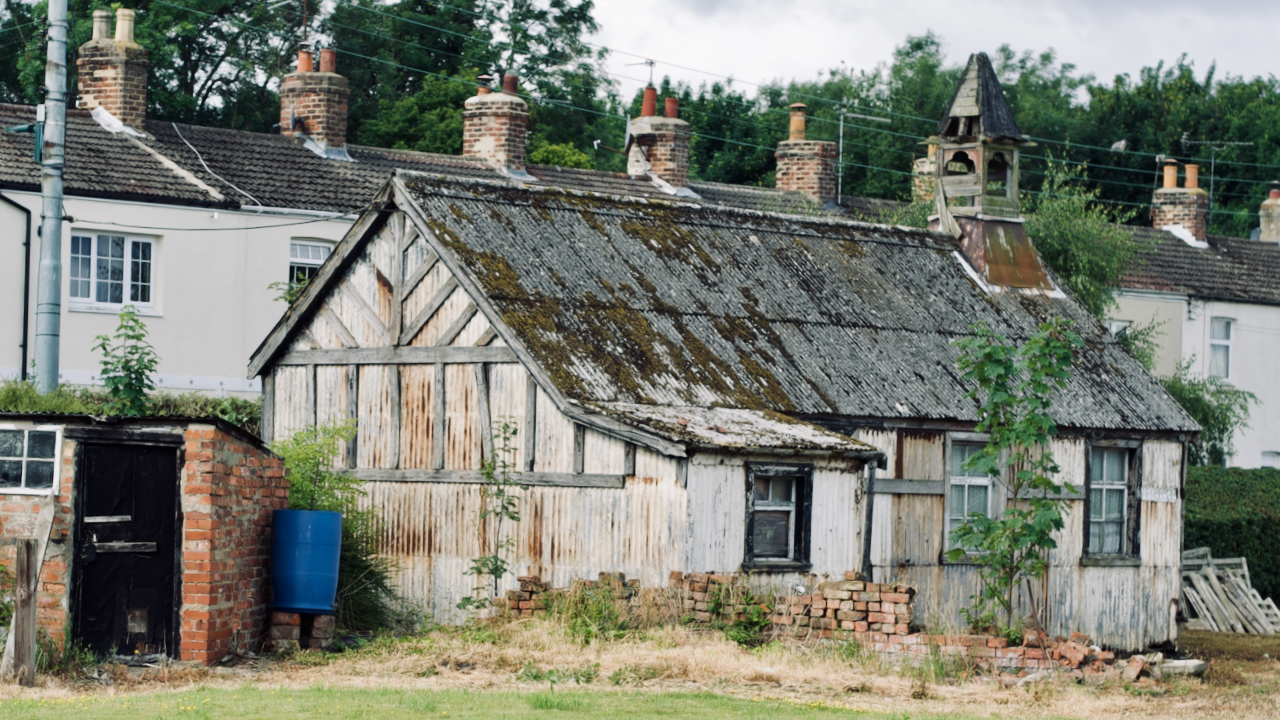Sometime last week, I posted about a young girl’s letter from 1913 about her village of Kildale. I’ve come across another letter in the same newspaper this time from Ida Sanderson who lived in Dunsdale in 19171Britishnewspaperarchive.co.uk. (2022). Dunsdale Village. | Northern Weekly Gazette | Saturday 27 January 1917 | British Newspaper Archive. [online] Available at: https://www.britishnewspaperarchive.co.uk/viewer/bl/0003075/19170127/009/0002 [Accessed 3 Jul. 2022].:
DUNSDALE VILLAGE. Dear Daddy — l was very much pleased when I saw my name in print. In my last letter to you I said I would describe Dunsdale, so I must keep to my promise. It is situated on a small plateau, and it is surrounded by woods and fields which makes it very pleasant in summer, but in winter it is very cold. There is a church, a chapel, and a school, and also a little farm which supplies the village people with milk. Most of the men are miners and they work at Eston mines. Dunsdale is rather a patriotic village, as many men and young boys have gone from our village to the war, and we have held several concerts in aid of them. When the Zeppelins pay a visit we go to Eston mines for safety, but I am pleased to say they not dropped any bombs on Dunsdale yet. I’m sure it would not take many to knock Dunsdale down, as it is not a large place. I wish this terrible war was over, as it is causing much destruction, and many lives are being lost. I must now close, wishing you a happy New Year and every success. — I remain, your loving member,
IDA MARY SANDERSON, 10, Redcar-rd., Dunsdale, near Guisborough.
I find these letters fascinating, giving an insight into the life in a past age, although you can not be sure how much influence the children’s parents would have had in the writing of the letter, although their anxieties were almost certainly reflected.
The chapel that Ida writes about must be the ‘Tin Tabernacle’ at Dunsdale. Made of corrugated iron sheeting on a wood frame, it was a quick and sheet method of building, and was popular in the latter half of the 19th-century and the first few decades of the 20th.
Corrugated iron was invented in 1829, and improved in 1837 when galvanising came in which helped prohibit rusting2The Historic England Blog. (2022). What is a Tin Tabernacle? [online] Available at: https://heritagecalling.com/2022/06/09/what-is-a-tin-tabernacle/ [Accessed 3 Jul. 2022]..
The first church to have been constructed in corrugated iron is believed to be in London in 1855. It soon became a quick and cheap method of erecting buildings particularly churches to cater for the growing Nonconformist community although Dunsdale’s chapel was dedicated to St. Oswald and dates from 19133Ibid..
Dunsdale was built by the Kirkleatham Ironstone Company to accomodate the men at their Kirkleatham mine in 18724Tuffs, Peter. “Catalogue of Cleveland Ironstone Mines”. Page 19. Cleveland Ironstone Series. 1996.. By 1886, this mined had ceased operating but the 70 cottages would have been used to house workers at other mines — Eston according to Ida.
Many tin tabernacles have now been listed by Historic England. Sadly Dunsdale has not, and looks sad and neglected. Which is a shame as Dunsdale has no indoor community space, pub, shop or school for its 150 residents.
Mind you, it looks to me like it might have an asbestos roof.
- 1Britishnewspaperarchive.co.uk. (2022). Dunsdale Village. | Northern Weekly Gazette | Saturday 27 January 1917 | British Newspaper Archive. [online] Available at: https://www.britishnewspaperarchive.co.uk/viewer/bl/0003075/19170127/009/0002 [Accessed 3 Jul. 2022].
- 2The Historic England Blog. (2022). What is a Tin Tabernacle? [online] Available at: https://heritagecalling.com/2022/06/09/what-is-a-tin-tabernacle/ [Accessed 3 Jul. 2022].
- 3Ibid.
- 4Tuffs, Peter. “Catalogue of Cleveland Ironstone Mines”. Page 19. Cleveland Ironstone Series. 1996.

Leave a Reply